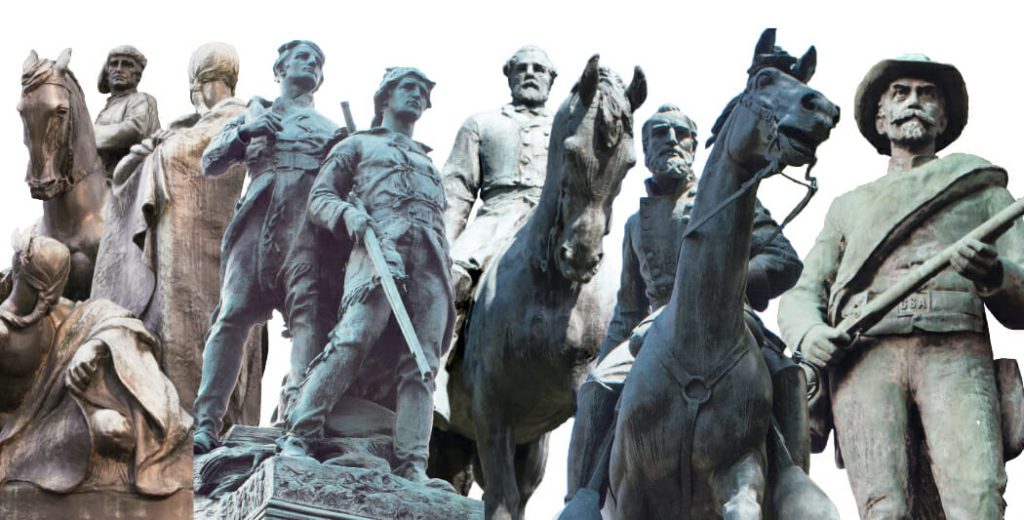
In an essay compare and contrast the sculptures below, considering the effect the intended purpose or function has on the appearance of the sculptures. Statue of Memi and Sabu: http://www.metmuseum.org/toah/works-of-art/48.111 Seated Statue of Gudea: http://www.metmuseum.org/toah/works-of-art/59.2
Introduction
Sculpture is a form of art that has been practiced for centuries. It involves the creation of three-dimensional objects using various materials such as stone, metal, wood, and clay (Rogers, 2023). Sculptures can be created for different purposes, including religious, political, and aesthetic reasons. In this essay, we will compare and contrast two sculptures: the Statue of Memi and Sabu and the Seated Statue of Gudea. We will consider how the intended purpose or function of each sculpture affects its appearance.
Body
The Statue of Memi and Sabu is an ancient Egyptian sculpture from the Fourth Dynasty. It depicts Memi, a man, and his companion Sabu in an intimate embrace. The sculpture’s purpose is to evoke the intimacy between the two acquaintances. The sculpture’s date is based on Sabu’s coiffure and the reciprocated embrace, which indicates that it belongs to the Fourth Dynasty (MetMuseum, n.d.).
On the other hand, the Seated Statue of Gudea is a Neo-Sumerian sculpture from the city-state of Lagash. It depicts Gudea, a ruler, in a seated pose before his subjects. The sculpture’s purpose is to represent Gudea as a ruler before his subjects. The sculpture is part of a series of diorite statues commissioned by Gudea, who devoted his energies to rebuilding the great temples of Lagash and installing statues of himself in them (MetMuseum, n.d.).
The Statue of Memi and Sabu and the Seated Statue of Gudea have different appearances due to their intended purpose. The Statue of Memi and Sabu has a relaxed appearance, with both figures embracing each other. Their bodies are intertwined in a way that suggests intimacy, with Sabu’s oblique gaze indicating that she is set somewhat apart. The sculpture’s overall appearance is one of intimacy and relaxation.
In contrast, the Seated Statue of Gudea has a more formal appearance. Gudea is depicted in a seated pose with his hands folded in a traditional gesture of greeting and prayer. His robe has an inscription that describes his accomplishments as a ruler, including the rebuilding of temples and the installation of statues of himself. The sculpture’s overall appearance is one of piety and reserve, reflecting Gudea’s devotion to his gods and his role as a ruler.
The materials used to create the sculptures also reflect their intended purpose. The Statue of Memi and Sabu is made of limestone, which is a soft and easily carved material. This material is suitable for depicting the intimacy between two acquaintances, as it allows for the creation of soft curves and intricate details. In contrast, the Seated Statue of Gudea is made of diorite, which is a hard and durable material. This material is suitable for creating a lasting representation of a ruler before his subjects, as it can withstand the test of time.
Conclusion
In conclusion, the Statue of Memi and Sabu and the Seated Statue of Gudea are two sculptures that belong to different civilizations and periods. However, both of them have a specific purpose that affects their appearance. The Statue of Memi and Sabu depicts the intimacy between two acquaintances, while the Seated Statue of Gudea is a representation of a ruler before his subjects. The sculptures’ intended purpose affects their appearance, and the materials used to create the sculptures also reflect their intended purpose, with the Statue of Memi and Sabu being made of limestone and the Seated Statue of Gudea being made of diorite.
Word count: 565.
References
Rogers, L. (2023, May 17). Sculpture. Retrieved from https://www.britannica.com/art/sculpture
MetMuseum. (n.d.). The King’s Acquaintances Memi and Sabu. Retrieved from https://www.metmuseum.org/art/collection/search/543899
MetMuseum. (n.d.). Statue of Gudea, named “Gudea, the man who built the temple, may his life be long”. Retrieved from https://www.metmuseum.org/art/collection/search/329072
